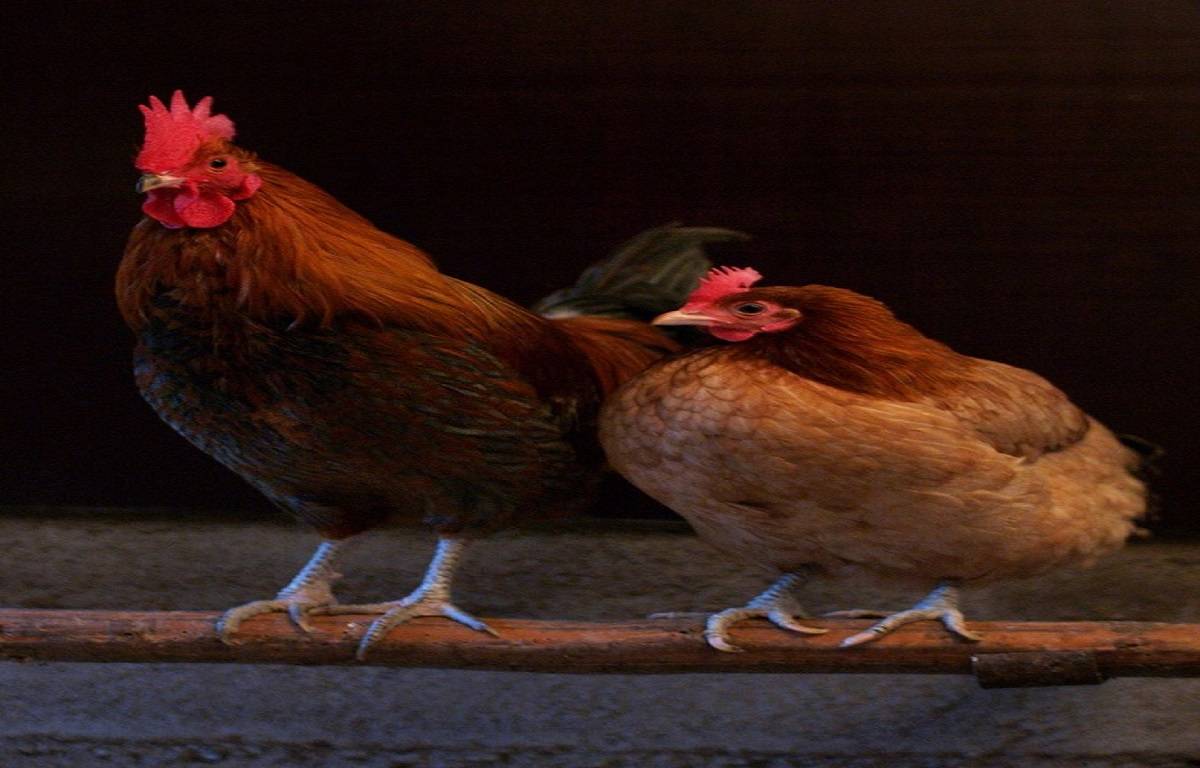
Chickens are very unique and interesting animals and are a huge part of folklore, religion, language, and literature in almost all parts of the world. Chickens are considered the most common and widespread domesticated animals with many people raising chickens for their meat and eggs or simply as pets.
Contrary to popular belief, chickens are not completely flightless and can even fly short distances in order to reach a perch or clear obstacles. They are the closest living descendants of dinosaurs and share common ancestry with the Tyrannosaurus rex. They clean themselves by bathing in dirt and are even very self-aware. These intelligent birds even have complex problem-solving skills.
While these were some generally interesting facts about chickens, now let us take a look at their unique vision traits.
-
Chickens can sleep with one eye open- Did you know that just like humans, chickens also dream? Chickens have a “REM” or “rapid eye movement” phase of seep which signifies dreaming. However, unlike human beings, chickens have another phase of sleep known as unihemispheric slow-wave sleep or USWS. During this phase of their sleep, one of the chicken’s brains rests while the other half stays awake. Therefore, we observe chickens sleeping with one eye open and one eye closed. This is an evolutionary adaptation that allows chickens to keep a watch for predators even while sleeping.
-
Chickens have superior colour vision- Researchers have found out that there are at least five types of light receptors in the eyes of chickens. These receptors are interwoven in a mosaic pattern which maximizes the chicken’s ability to see different colours from any part of the retina. Researchers believe that chickens have exceptional colour vision because they did not spend a significant period of their evolutionary history in the dark. Chickens never spent time as nocturnal animals since they were a descendant of dinosaurs. What is also remarkable is the chicken’s unique ability to see ultraviolet light.
-
Chickens have terrible night vision- Chickens are practically blind at night. They cannot see in the dark. Their poor night vision is attributed to them being descendants of dinosaurs. Since they never had to spend a significant period of time as nocturnal animals, they never developed the ability to see at night. Chickens that are reared in the open can sense the shift from daytime to night time and this is a signal for them to return to the warmth and safety of their coop. However, even an entirely blind chicken can sense daylight or season change because of the pineal gland in their eye that can sense the presence or absence of light.
-
Chickens have a third eyelid- Chickens have a third eyelid which is known as the nictitating membrane. The nictitating membrane or third eyelid is located next to the eyeball and underneath the other two eyelids. It operates independently from them. The third eyelid slides from the front to the back of the eye. Its functions include cleaning, protecting, and providing moisture to the eye. It is a transparent eyelid that allows chickens to see through it when it is closed.
-
Chickens have mono vision- Chickens are monovision. Both of their eyes can work independently from each other as their left eye is far-sighted and their right is near-sighted. This is a result of chickens turning inside the egg. The right eye is exposed to light through the shell while the left eye is not exposed as it is directed toward the body.











